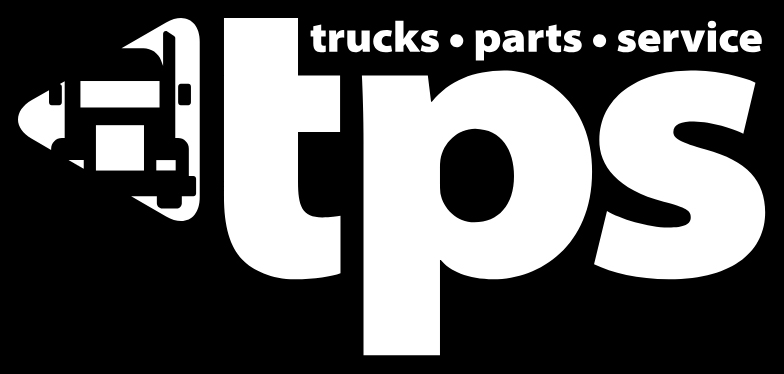HDMA, MacKay & Company webinar shows impact of coronavirus on supplier community, parts and equipment sales
UPDATED: April 09, 2020
Even before coronavirus made its way across the globe, experts were expecting a relative downturn for North American equipment and parts sales in 2020.
COVID-19 has quickly turned that expectation into a reality, and is now forcing businesses to examine a reality where sales don’t just fall but plummet.
During a webinar Wednesday, representatives from the Heavy Duty Manufacturers Association (HDMA) and MacKay & Company shared data they have compiled during the first four weeks of the pandemic to show not only how much damage coronavirus has already caused, but how much more economic destruction is still to come.
The panelists said business will eventually get better but, in the meantime, the data is going to be pretty bleak.
MacKay & Company Economist Bob Dieli with RDLB Inc., kicked off Wednesday’s webinar by citing preliminary U.S. Bureau of Labor Statistics (BLS) data indicating the U.S. economy shed more than 701,000 jobs in March. Horrifying as that number appears, Dieli says it is likely on the low side, as BLS labor surveys occur in the middle of each month. He says that number will likely upward in the coming weeks as more data comes in on coronavirus’ immediate labor impact.
Dieli also notes more than 648,000 of those lost jobs occurred in eight primary fields: leisure and hospitality, retail trade, healthcare, manufacturing, construction, wholesale trade, temporary help services, and truck transportation. And with each industry still clearly hindered by the virus, Dieli says it is hard to determine exactly how many more jobs are to be lost, or when a recovery will eventually begin.
But an eventual recovery is certain, and Dieli says when it happens, it is likely to be what he calls a structural W recovery. He says the recovery will be structural because it is likely the economy will function differently after the recovery than it did prior to recession, and a W because the initial recovery is likely be followed by another downswing before finally trending in the right direction.
Dieli says he doesn’t know how large the first leg of the W will be, nor how long it will take to reach the end of its leg. He says when it does finally end, the “second leg of the W will be rebuilding of the supply chain and people going back to work and the third leg of the W will be the result of kinks in the supply chain.”

